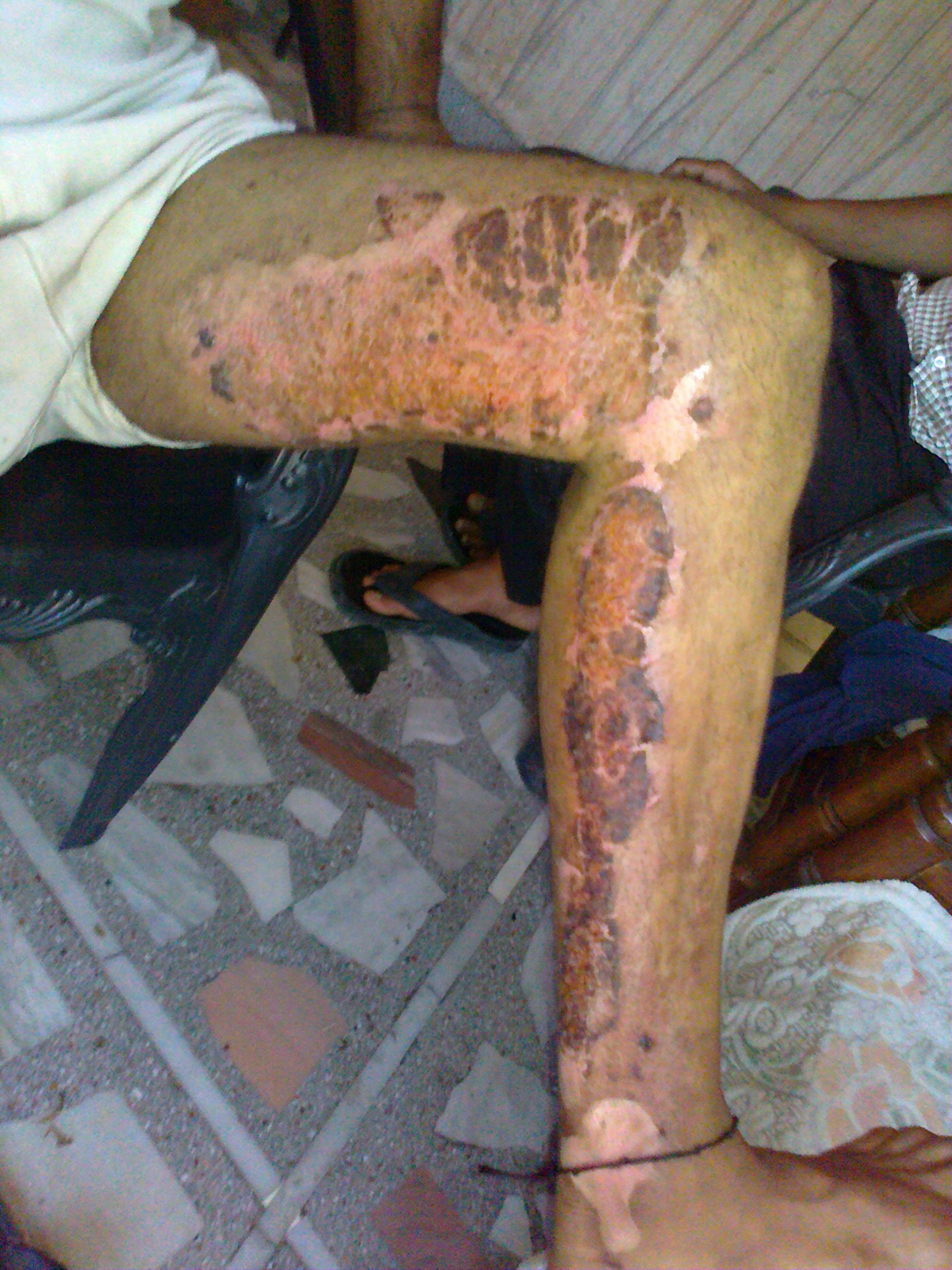
Burns are a common type of injury that almost everyone has experienced at least once in their lifetimes. This is why it is important to know how to react on the spot, even before looking for medical attention.
A minor kitchen incident could have very serious consequences. It is vitally important to help the victim immediately.
It is also important to know that not only outer layers of the skin get damaged if exposed to extreme heat. It is potentially dangerous for the nerves and tissues as well, which could also be destroyed by burns.
A burn victim should receive immediate attention, no matter how mild or severe the injury appears to be.
The first thing that needs to be done is that the source of the heat must be removed from the victim. If the person\'s clothes are burning, they need to roll on the ground and quickly be covered with a coat or blanket in order to extinguish the fire. Then, the injury should be looked at and assessed.
Before applying first aid, it is always important to know what kind of burn is in question. The wound needs to be put under cool running water for a while first. A doctor should be consulted immediately if the burn is covering a portion of the skin that is larger than the palm, or if it is on a sensitive area of the skin.
The first step of aid given to burn victim involves determining the amount of damage the burn has caused. This includes both determining the degree of the wound and the size of the damaged area of skin. Medical attention is also needed if there is charring, blistering or peeling of the skin.
Signs of a first-degree burn are red skin, minor pain and possible swelling. This is the least serious type of burn. In this case, only the outer layer of the skin has usually been damaged.
Symptoms of a second-degree burn are stronger than in the case of a first-degree burn. The pain and the swelling are worse because the burn reaches deeper skin layers. This type of burn is potentially dangerous and should receive medical attention immediately.
The signs of a third-degree burns include a charred look of the skin, or in some cases, the skin appears to be white and dry. The burns are usually painless. This is because all layers of the skin have been affected and the nerves have been burned as well. Emergency services must be called immediately in such cases.
The treatment of a first-degree burn includes running cool water over the burn for five minutes, applying antiseptic cream, and wrapping the area loosely with a sterile gauze bandage. A pain reliever may be taken to ease discomfort. Sins of infection should be looked for as well.
Treatment of a second-degree burn includes running cool water over the burn for 15 minutes, applying antibiotic cream and wrapping the area loosely with a sterile gauze bandage daily until it heals. Immediate medical attention is needed if the burned area is large, or if it is in the area of the body with sensitive skin. Applying butter, honey, aloe or any substance that might cause infection is not recommended.
Some things to remember about treating burns is that applying ice directly on a burn can cause frostbite. In the case of third-degree burns, immediate medial attention is obviously needed. Popping blisters resulting from burns can cause infection too.
If the burn victim feels dizzy and weak, or feels a fever and cold sweat coming on, it might be caused by hypothermia or dehydration, and in this case, the patient needs medical attention immediately.
It is not recommended to remove clothes from the victim\'s body because the clothes might be sticking to the body.Treating severe and large burns with cold water can cause shock as well. It is important to remember that the burned parts of the victim\'s body should be elevated above heart level.
Medical attention is recommended in most burn cases and burns should be treated in time in order to avoid scarring and permanent damage.


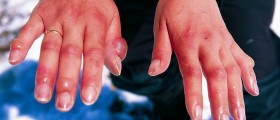
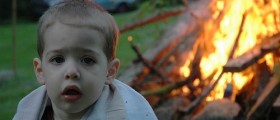
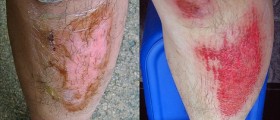
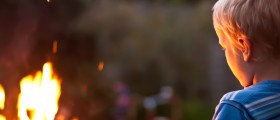
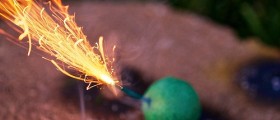
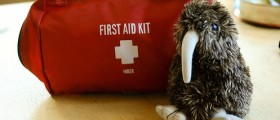

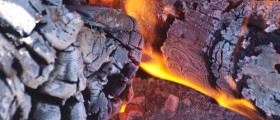

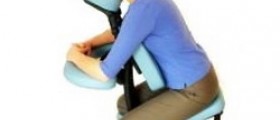
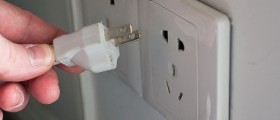
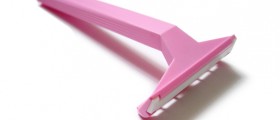
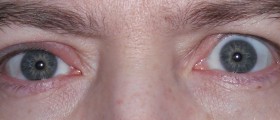
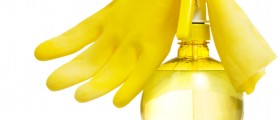

Your thoughts on this
Loading...